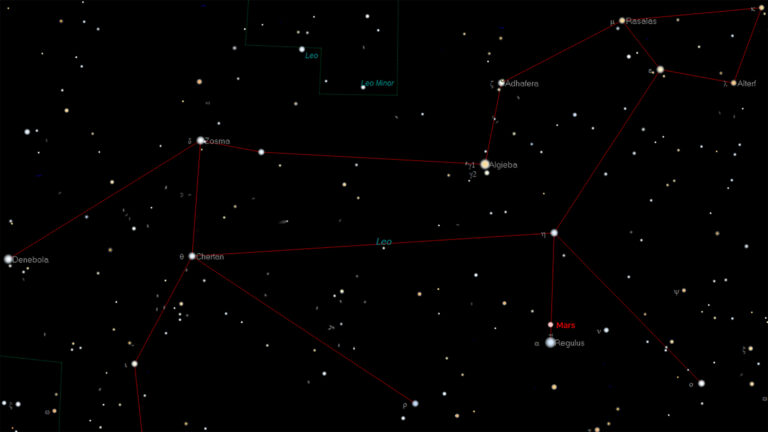Key Takeaways:
When the Moon first enters Earth’s penumbral (outer) shadow, you won’t notice much darkening. The brightness of the Moon’s surface in the outer edge of the shadow is nearly indistinguishable from areas entirely awash with sunlight. From there, it gradually fades to almost black near the edge of the umbra (inner shadow). The deeper the penumbral eclipse, the easier it is to see. And November’s event is deep (83 percent), so there will be no mistaking it at maximum eclipse. But how soon can you see the penumbra with your unaided eyes?
To the casual skywatcher, the penumbra remains invisible to the unaided eye until the Moon is 60 to 70 percent eclipsed. Amateur astronomers generally can detect the penumbra earlier — 40 to 50 percent eclipsed. But observers continue to push that limit to smaller and smaller percentages as they improve their viewing techniques through repeated observations.
Into the shallows
Eclipses of the Moon are variable, and what we experience depends greatly on the state of Earth’s atmosphere. Contaminants (including smoke from intense wildfires and aerosols from volcanic eruptions) can affect the amount of light scattered or refracted by Earth’s atmosphere into its shadow. The more light that’s lost within the atmosphere, the darker both shadows appear.
The two previous penumbral eclipses this year — on June 5 and July 4/5 — may have been darkened to some degree by stratospheric aerosols from two major volcanic eruptions in the Northern Hemisphere and stratospheric smoke from the Australian bush fires in the Southern Hemisphere. Let’s review the two eclipses.
June 5: A smoky specter
During this event, the Moon dipped 57 percent into the penumbra. I decided to see how soon I could catch it because the penumbra was passing over the Moon’s southern highlands, where contrast would be highest.
The results were dramatic. The shadow first became faintly visible to my unaided eyes at just 34 percent coverage, becoming obvious at 45 percent. At that point, Luna’s southern hemisphere appeared smoky, allowing me to look directly at the Full Moon without its light overpowering my eyes. By maximum eclipse, the rays from Tycho Crater had lost their brilliance, and the southern edge of the Moon appeared strikingly dull when compared to the non-eclipsed northern limb. I was surprised by how well I could see features.
July 4/5: Independent sight
During the July event, the Moon’s northern hemisphere pushed only 35 percent into the southern part of Earth’s penumbral shadow. So shallow was this eclipse that it received the popular moniker “the invisible eclipse.” But was it?
On July 4, Astronomy Contributing Editor Michael Bakich and his wife, Holley, decided to observe it from their home in Tucson, Arizona. “I worried,” Michael said, “because Luna was dipping only slightly into Earth’s outer shadow, and I thought we wouldn’t be able to perceive any darkening.” Just 15 minutes prior to maximum eclipse, they hadn’t noticed any dimming. But carefully monitoring the eclipse over the next half hour enabled them to confirm an ever-so-slight darkening of the Moon’s northern edge. “Wow!” Michael said, “I thought observing 16th-magnitude galaxies was tough. But we did see it, and can check another eclipse off our life list.”
Magda Streicher, who lives in Polokwane, South Africa, wrote, “It was a difficult eclipse,” noting that the Moon was overwhelming bright. “I could only detect a slight darkening of the penumbra at the Moon’s northern edge.” Her experience as an observer, she said, and knowing what to look for, made all the difference.
If you don’t get to see the November 30 eclipse, the next opportunity will be during the total lunar eclipse May 26, 2021. That’s when observers across the Americas, eastern Asia, Australia, and the Pacific get to test their visual mettle on the penumbra. Good luck, and be sure to send what you see and don’t see to [email protected].










